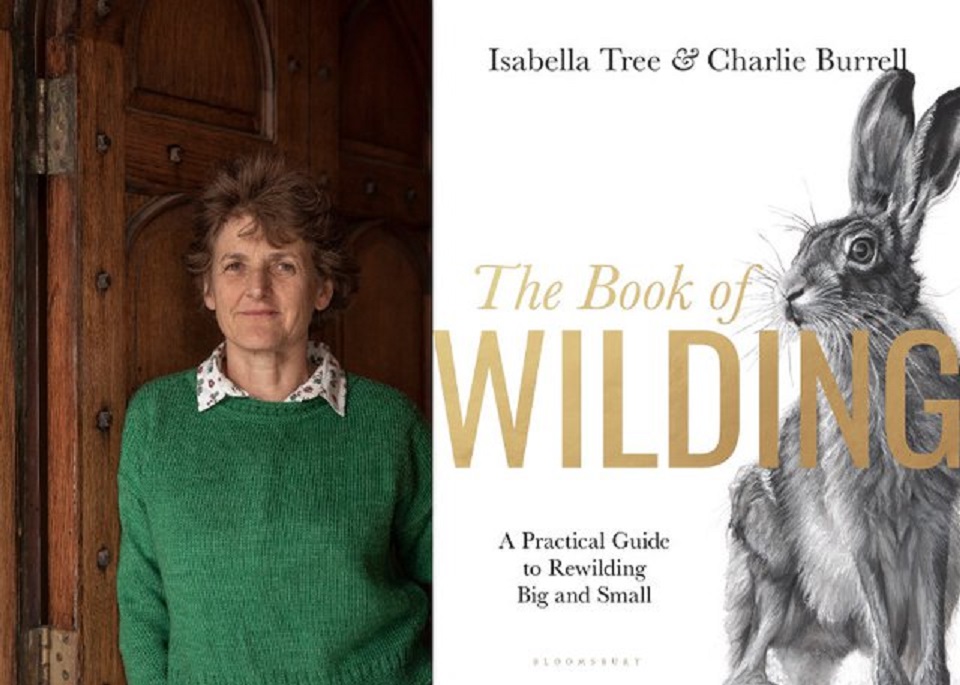World Wide Wildling
George Monbiot (credit: George Monbiot)
George Monbiot, a correspondent with The Guardian newspaper, and Isebella Tree, a renowned British author, have ideas for restoring 'wildness' to degraded landscapes everywhere. Their ideas have captured the attention of people around the world.
Monbiot, who coined the term, Re-wilding, imagines a world where humans work to restore the complex, and now more often degraded, ecological systems that once surrounded us all. It doesn't matter if a project is large or small as they all help to reverse a degraded environment. His passionate presentation kept an audience in rapt attention at a TED conference in California.
Likewise, Isabella Tree personally saw how fast nature can recover when given a chance. She restored a failing farm that she and her partner manage in Sussex. They shared this experience in: The Book of Wilding: A Practical Guide to Rewilding, Big and Small. It is a handbook for anyone wanting to help restore a bit of nature. Their goals were ambitious but also pragmatic in a mission to help rewild Britain, Europe, and elsewhere around the world.

The Book of Wilding by Tree & Burrell (credit: Isebella Tree/Bloomsbury)
According to their publisher, the book resulted from requests by people who wanting to learn how they might rewild unprofitable farms, old estates and polluted rivers, churchyards, gardens, and other public spaces. For the people Tree meets who are curious about launching a restoration effort she asks a simple question: Is there life in your landscape? If the answer is 'no', then that is how to get started.
Other landowners and ordinary citizens have taken Monbiot's and Tree's words seriously. It doesn't matter the size project is large or small as they all help to reverse a degraded environment. Restoration of landscapes, abandoned city lots, or backyards is feasible when proper insight, project design, implementation, and mindful management are utilized. How to pay for an effort and to develop community or official 'buy-in' are also important factors to include. WHB